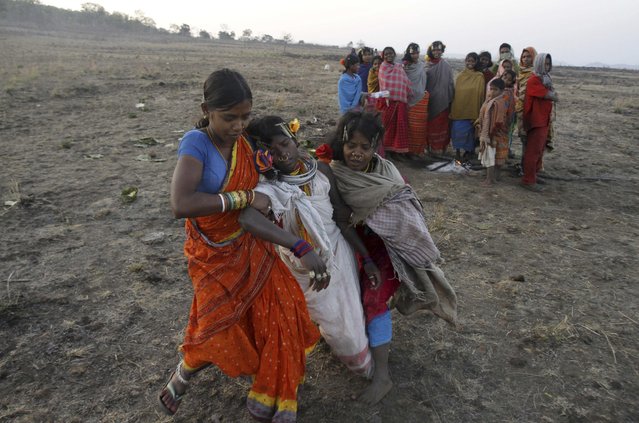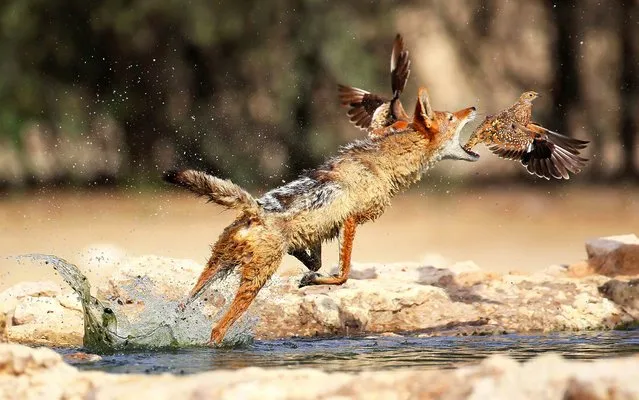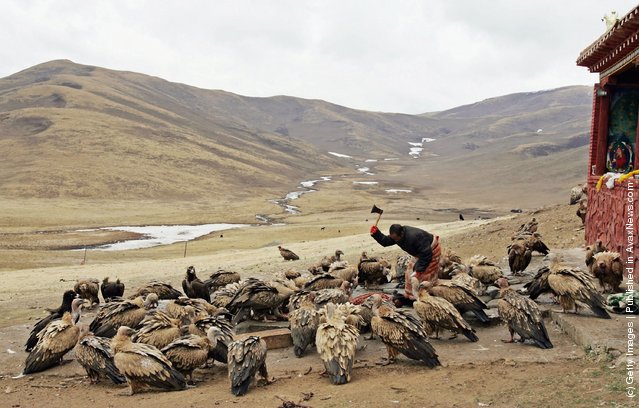
A member of India’s Dongria tribe faints in trance during the two-day long Niyamraja Festival atop the Niyamgiri hills near Lanjigarh in Kalahandi district, Orissa state, India, Sunday, February 22, 2015. Every year, members of this indigenous group celebrate this festival sacrificing animals and birds in worship of their deity. (Photo by Biswaranjan Rout/AP Photo)
23 Feb 2015 12:33:00,post received
0 comments







